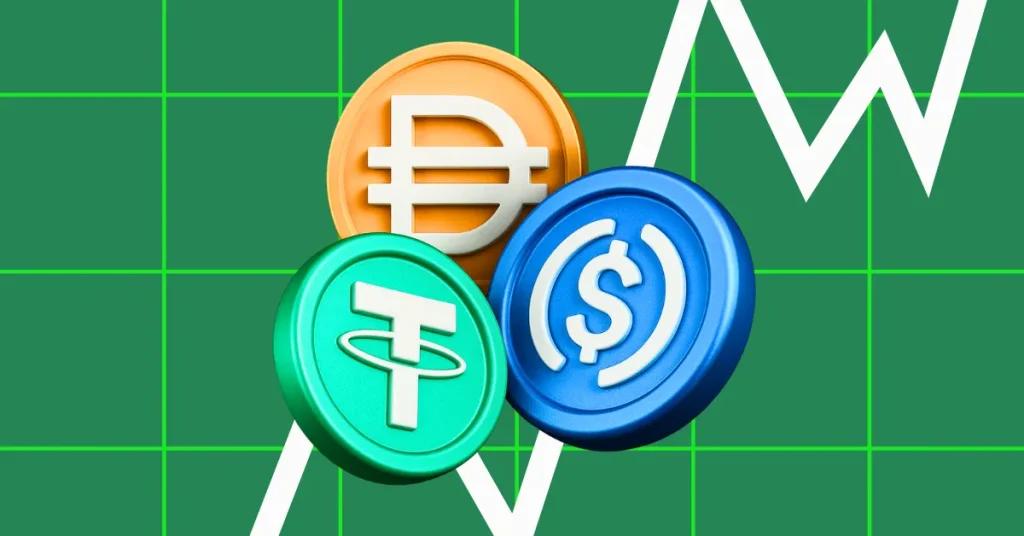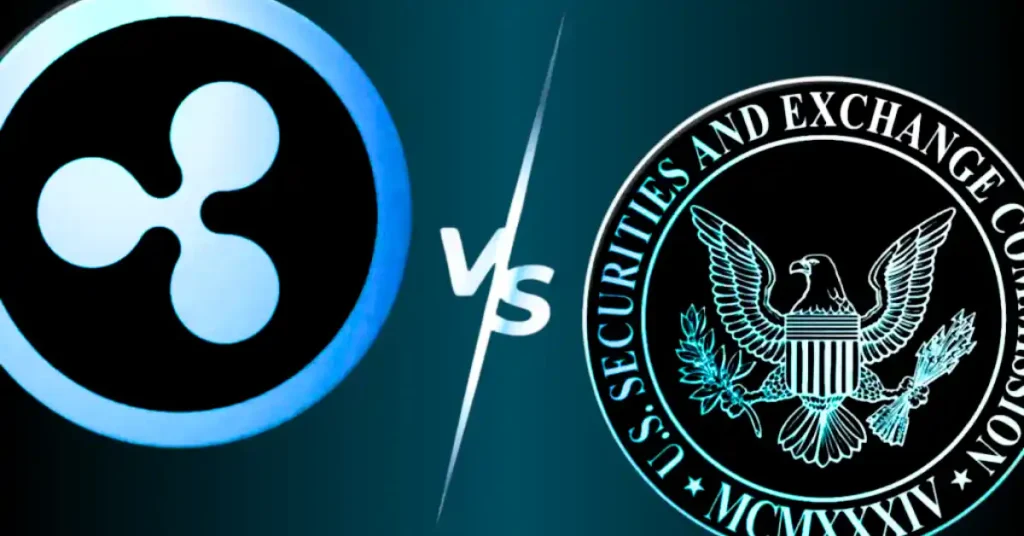U.S vs South Korea: Who’s Winning the Stablecoin Regulation Race?



The post U.S vs South Korea: Who’s Winning the Stablecoin Regulation Race? appeared first on Coinpedia Fintech News
South Korea has taken the lead on stablecoin regulation. On June 10, the country passed the Digital Asset Basic Act , allowing companies to issue stablecoins under clear rules—while the US still struggles to finalize its own legislation.
South Korea Legalizes Stablecoins
Under the new law:
-
Companies can issue stablecoins with a minimum capital of 5 million won (~US$367,876).
-
All stablecoins must be approved by the
Financial Services Commission (FSC)
.
-
Issuers must guarantee refunds via reserves to protect users.
This move makes South Korea one of the first major economies to fully legalize stablecoins.
US Stablecoin Bill Faces Delays
Meanwhile, the US is preparing for a long-awaited vote on its GENIUS Act . The bill aims to:
-
Set federal and state-level rules for stablecoin issuers.
-
Enforce strong
anti-money laundering (AML)
,
Know Your Customer (KYC)
, and
anti-fraud
measures.
However, political opposition remains.
Senator Elizabeth Warren warned: “The bill invites scammers into the market…”
Senator Bill Hagerty responded: “It’s time we provide the clarity and stability our innovators need.”
Key Differences: GENIUS Act vs Digital Asset Basic Act
| Feature | US GENIUS Act | South Korea Digital Asset Basic Act |
| Scope | Payment stablecoins only | All digital assets + stablecoins |
| Approval authority | Federal for issuers >$10B; State for smaller | All stablecoins require FSC approval |
| Compliance requirements | AML, KYC, anti-fraud, transparency | Transparency + reserve guarantees |
- Also Read :
- France’s Societe Generale Enters USD Stablecoin Market With USDCV
- ,
What’s Next? Tether and Circle Dominate
Global stablecoin demand is surging:
-
Market projected to hit
$254B in 2025
, and
$2T by 2028
.
-
In South Korea, stablecoin trading on five domestic exchanges already hit
₩57T
.
-
Globally,
Tether (USDT)
and
Circle (USDC)
dominate with an
85% market share
—USDT at
$150B
, USDC at
$16B
.
As South Korea opens its market, and the US races to finalize its bill, the global stablecoin landscape is about to shift dramatically.
Never Miss a Beat in the Crypto World!
Stay ahead with breaking news, expert analysis, and real-time updates on the latest trends in Bitcoin, altcoins, DeFi, NFTs, and more.
FAQs
It’s a new law legalizing stablecoins with FSC approval, capital rules, and user protection via reserve guarantees.
The GENIUS Act focuses on payment stablecoins, while Korea’s law covers all digital assets and mandates FSC approval.
Tether (USDT) and Circle (USDC) lead globally, holding about 85% of the stablecoin market share.

GameStop Upsizes Convertible Senior Notes Offering From $1.75B to $2.25B
The post GameStop Upsizes Convertible Senior Notes Offering From $1.75B to $2.25B appeared first on...

U.S. SEC Postpones Verdict on Dogecoin, Hedera, Avalanche Spot ETFs
The post U.S. SEC Postpones Verdict on Dogecoin, Hedera, Avalanche Spot ETFs appeared first on Coinp...

Ripple vs SEC Update: Mutual Request to End Injunction and Release $125M Penalty
The post Ripple vs SEC Update: Mutual Request to End Injunction and Release $125M Penalty appeared f...

